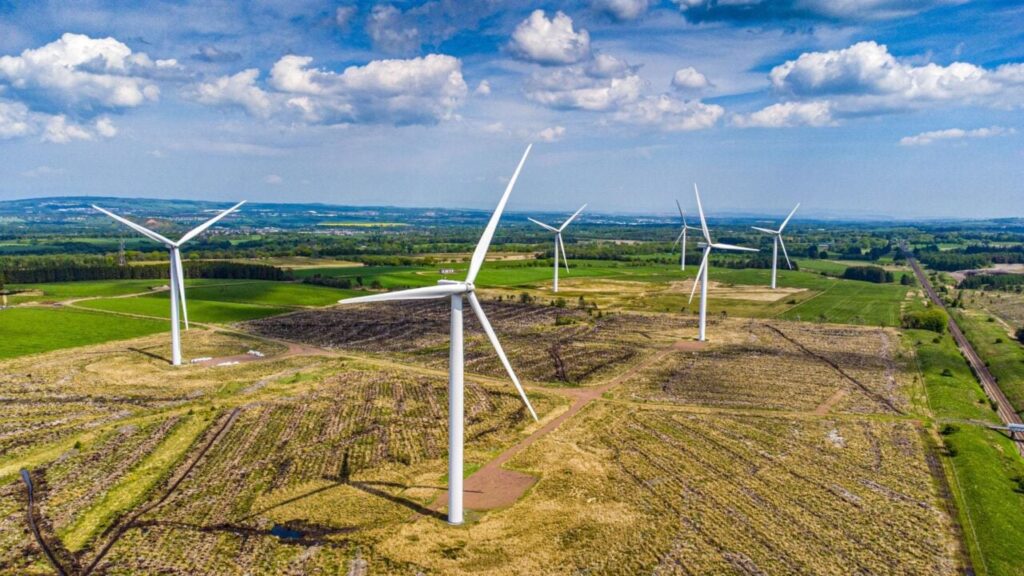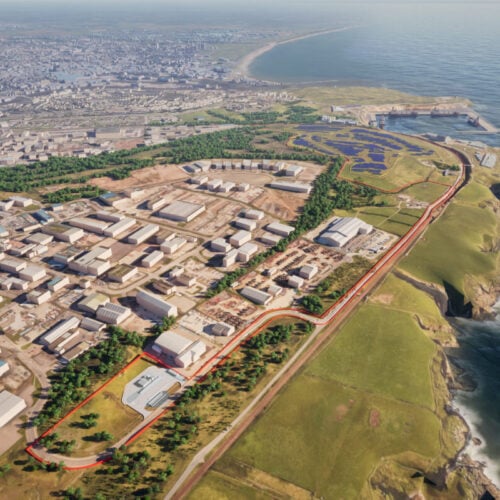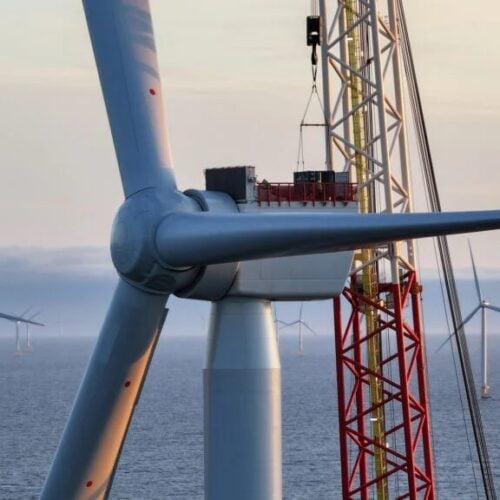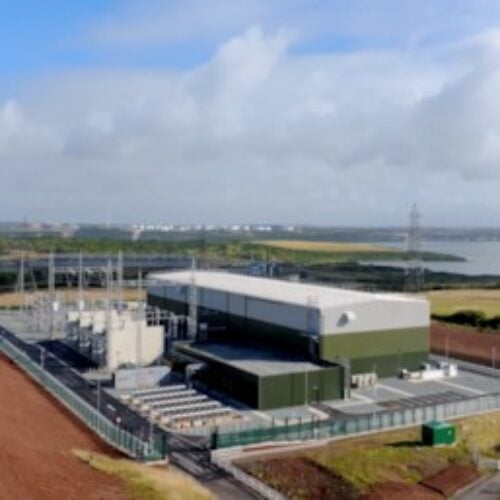The government has proposed changes to the National Planning Statements (NPSs) to guide decision-makers in determining energy planning applications.
The NPSs were designated under the Planning Act 2008 to inform decisions on nationally significant infrastructure projects (NSIPs), giving a framework as to how government policy should be applied when deciding whether to approve a project.
In July 2024, the government launched a review of the statements for energy from EN-1 to EN-5, the result of which has been draft updates to the overarching energy NPS (EN-1), the renewable energy infrastructure statement (EN-3) and the NPS for electricity networks (EN-5).
A consultation is now open until 29 May for relevant parties to feed back on the changes the government has suggested.
At the end of last year, the government published an updated national planning policy framework (NPPF) to state that that planning authorities should give “significant weight to the benefits associated with renewable and low carbon energy generation and the proposal’s contribution to a net zero future” when determining applications.
This made the considerations to be made by planning authorities align more closely with the NPSs.
The intended function of the NPSs is to clearly state an established need for the infrastructure being considered for a development consent order (DCO) and how policy applies—this removes discussion of the merits of government policy from the examination process and should mean decisions are based on planning considerations only.
EN-1 sets out the overarching principles, while the others (up to EN-6) are technology-specific. A draft of EN-7, for nuclear energy generation, was put to consultation in February this year. NPS EN-3 calls NSIPs “critical national priority”, and says their “national security, economic, commercial and net zero benefits” should outweigh impacts from their development.
The changed NPSs will only have effect in relation to applications for a DCO that are made after the publication of the final amended NPSs and anything before then will use the current NPS for energy.
Clean power moved to the forefront
The first change sees the policy narrative through EN-1 centre on Clean Power 2030 (CP30). Projects relevant for CP30 can be deemed of critical national priority (CNP), making consent the favoured decision.
CNP policy, allowing for the importance of low carbon infrastructure to be considered during the planning process, was introduced in 2024.
CP30 being the primary guiding policy means that energy from waste projects, not included in the CP30 Action Plan’s definition of a clean power technology, will no longer be designated CNP.
Onshore wind included
Having removed the de facto ban on onshore wind soon after coming to power in 2024, the government also designated that the technology would be part of the NSIP regime with the same capacity limitation as solar, of 100MW.
The EN-3 NPS has been updated to reflect this, providing guidance on how to assess an onshore wind planning application.
For offshore wind, minor changes have been made to provide clarity on how applicants should consider and mitigate the impact of inter-array wake effects between new developments and nearby consented and operational wind farms.
The aim of this is ultimately to streamline the decision-making process, encouraging applicants to assess inter-array wake effects during the pre-application phase so that the decision whether to grant a DCO is based on fewer variable factors.
Electricity infrastructure and the CSNP
As part of planning the future energy network, the National Energy System Operator (NESO) will develop an independent, long-term approach to 2050 on how the transmission network should be delivered.
The Centralised Strategic Network Plan (CSNP) will be regulated by Ofgem and show how to develop the network to meet energy security and decarbonisation goals. NPS EN-5 has been adjusted to endorse the recommendations made in the CSNP, which is due to be published in 2027.
Endorsement through the NPS would mean that the need case and technology type for projects that adhere to the recommendations of the CSNP do not have to be examined in the consenting process.
The CSNP also covers hydrogen and natural gas energy vectors, but this is not of relevance in EN-5.
The consultation makes clear that the endorsement provided by the NSP will not include indicative routing.
EN-5 has also been updated to include reference to the Electricity Transmission Design Principles (ETDP) that were recommended to support alignment between planning and regulatory processes for accelerating transmission infrastructure delivery.






